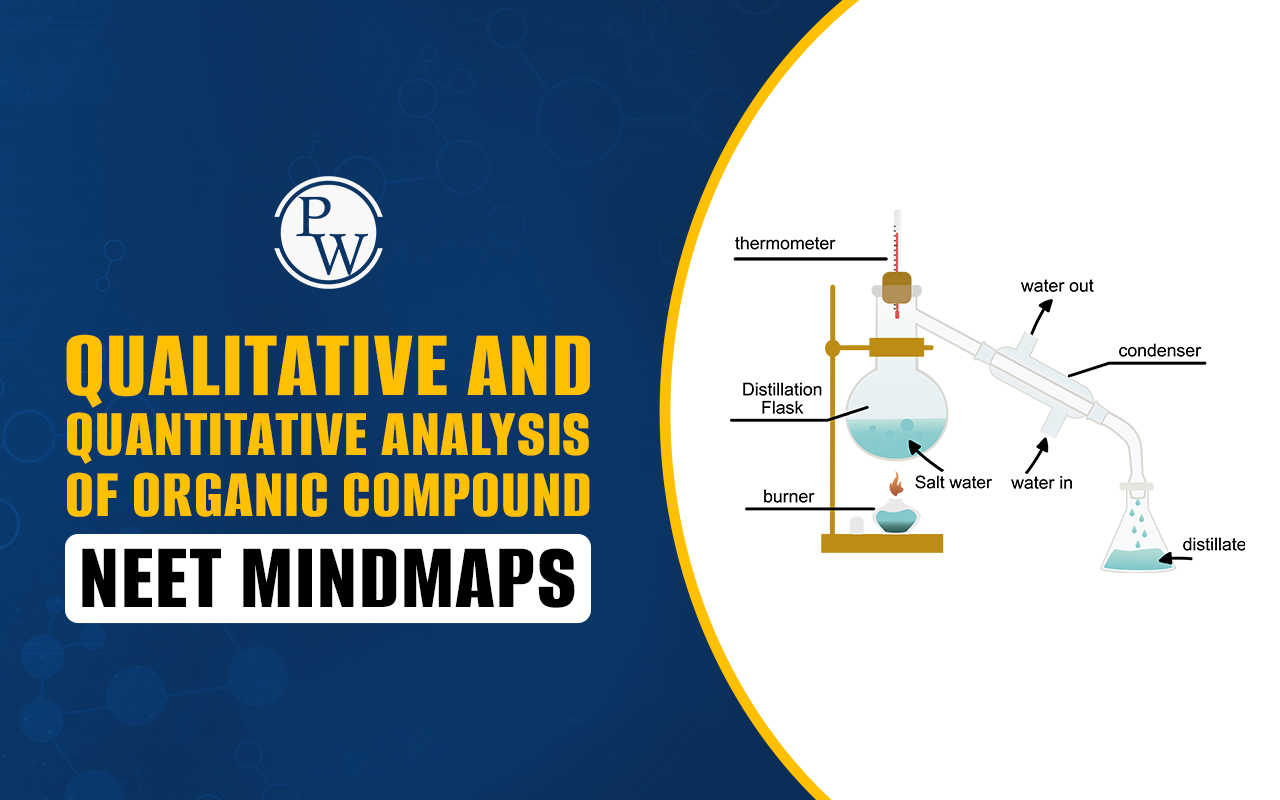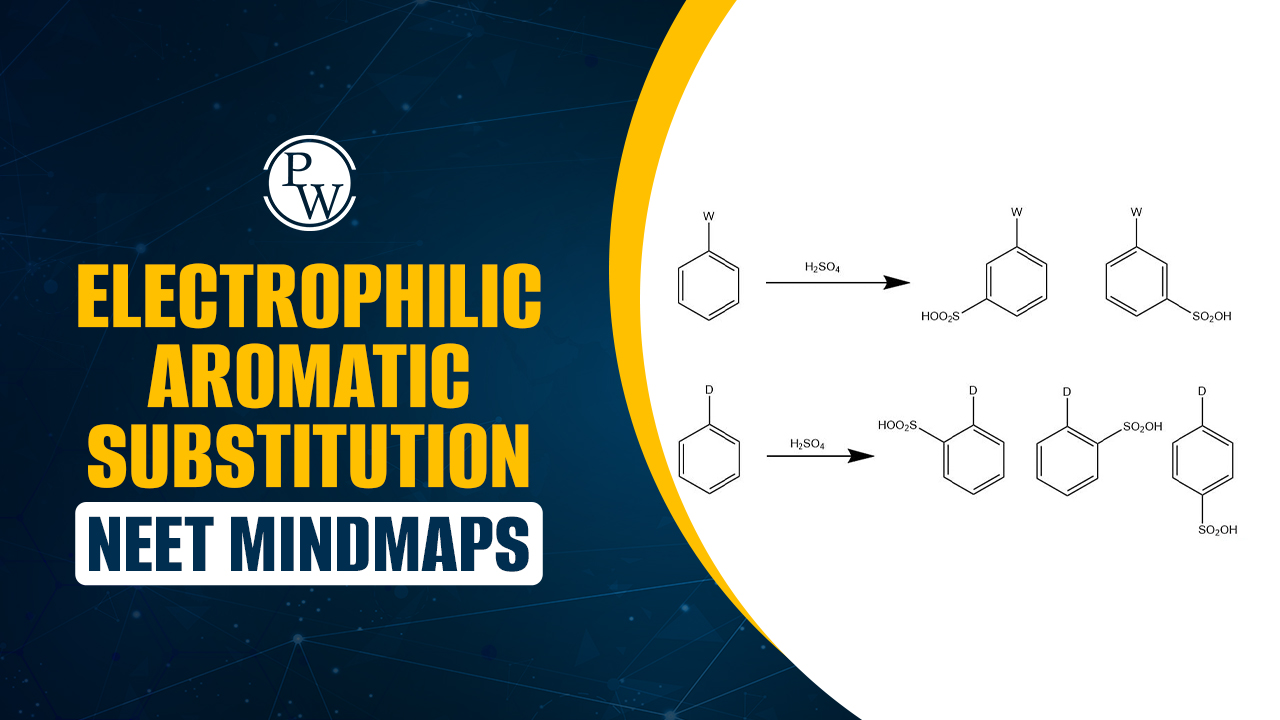

STI Full Form: The Full form of STI is a Sexually Transmitted Infection. A sexually transmitted infection (or disease) is a dangerous disorder that can occur after having sex. Itching and burning around your vaginal area are common STI symptoms. STIs are severe conditions that require medical attention.
STIs frequently have no symptoms. Symptoms may not always be identifiable. Furthermore, blood, urine, or anatomical samples are used in laboratory tests. At least one STI can reside in three anatomical locations. Sex and sexual risk influence these disparities.STI Full Form In English,
The STI full form in English, is Sexually Transmitted Infection. STIs are infections caused by sexual activities like sex, including vaginal. STIs affect both men and women. If they do not take any treatment for this problem, then it can cause a lot of problems.
STI Full Form In Hindi
The STI full form in Hindi is "लैंगिक रोग प्रसारित इन्फेक्शन". यह उन संक्रमणों को संदर्भित करता है जो मुख्य रूप से यौन संपर्क के माध्यम से फैलते हैं। ये संक्रमण बैक्टीरिया, वायरस, परजीवी या कवक के कारण हो सकते हैं। यदि उपचार न किया जाए तो एसटीआई के गंभीर स्वास्थ्य परिणाम हो सकते हैं। सुरक्षित यौन संबंध बनाना, नियमित जांच कराना और एसटीआई से संबंधित कोई भी लक्षण या चिंता होने पर चिकित्सकीय सहायता लेना महत्वपूर्ण है। इन संक्रमणों के प्रबंधन और आगे की जटिलताओं को रोकने के लिए शीघ्र पहचान और उपचार महत्वपूर्ण हैं।
STI Full Form In Medical
The STI full form in Medicine is a Sexually Transmitted Infection. It is an infection that can spread through sexual activity. Different microorganisms, such as bacteria, viruses, parasites, or fungi, can cause these infections.
| October Month’s Medical Days | |
| World Heart Day | Breast Cancer Awareness Month |
| World Mental Health Day | World Arthritis Day |
| Global Handwashing Day | World Food Day |
What is a Sexually Transmitted Infection (STI Full Form)?
Sexually transmitted infections are illnesses or conditions that are caused by sexual activities that involve your mouth, anus, vagina, or penis. Sexually transmitted infections. There are various forms of Sexually transmitted infections. The most common symptoms are itching, burning, or discharge from the vaginal area. Some Sexually transmitted diseases are asymptomatic, which means you may not have any symptoms. Infections transmitted through sexual contact are highly contagious. If you engage in sexual activity, you may have (and pass on) a Sexually transmitted infection (STI) without ever realizing it. If you are a sexually active person, then you should take regular STI screenings or tests.
Types of Sexually Transmitted Infection
STIs, short for Sexually Transmitted Infections, are diseases you can get from sexual activity. There are different STIs, each with its characteristics and health effects. Here are some common examples:
- Chlamydia: Chlamydia trachomatis is a bacteria that causes Chlamydia and is found worldwide. If you don't get treated, it can lead to complications.
- Gonorrhea: Neisseria gonorrhoeae causes gonorrhea and affects the genitals, rectum, and throat. It's essential to get treated to avoid complications and spreading the infection.
- Syphilis: Treponema pallidum, a bacteria, cause syphilis and can cause serious health problems if not treated quickly.
- HPV (Human Papillomavirus) Infection: HPV is a group of viruses that can cause genital warts and increase the risk of certain cancers. Some types of HPV can be prevented with a vaccine.
- Herpes: Herpes is caused by herpes simplex virus (HSV) and can result in painful blisters or sores on the genitals or mouth. While it can't be cured, medications can help manage outbreaks and reduce the risk of spreading it.
- Human Immunodeficiency Virus (HIV) Infection: HIV weakens the immune system and, if left untreated, can develop into Acquired Immunodeficiency Syndrome (AIDS). Early detection, antiretroviral therapy, and safe practices can help manage HIV.
- Hepatitis B and C: These viral diseases primarily damage the liver and can be transmitted sexually. There's a vaccine available for hepatitis B, and treatments exist for hepatitis C.
- Trichomoniasis: This STI is caused by a parasite called Trichomonas vaginalis and can cause symptoms like itching, burning, and discharge. It is treatable with medications.
- Pubic Lice (Crabs): These tiny bugs infest pubic hair and cause itching and discomfort. Medicated lotions or shampoos can get rid of them.
- Scabies: Scabies is caused by a mite called Sarcoptes scabiei and can be spread through sexual contact. It makes your skin itchy and gives you a rash. Medications can effectively treat scabies.
STI Full Form - Myths About STI
Numerous STI myths should all be made aware of because they are invalid. The STI misconceptions include:
Simply by looking, STI is visible.
Some symptoms, such as discharge, can be determined by looking, but not all signs. Since it is impossible to detect every STI consistently, it is recommended that everyone get tested regularly to stop the spread of STIs.
If one solely engages in oral sex, STIs cannot spread.
This is untrue; even oral sex can result in the transmission of an STI. The STI virus can enter your body through various places, including your mouth, scrapes and bruises, and skin tears.
You are entirely shielded from an STI by a condom.
Although they are not wholly adequate, condoms do minimize the likelihood of STI spreading. While using a condom is still possible to contract and transfer STIs.
An STI can be acquired in a public restroom.
The toilets don't always come into contact with the affected areas of an STI carrier. Thus, this is untrue. It is always suggested, however, to practice excellent hygiene and maintain a certain level of hygiene in public restrooms.
Symptoms of Sexually Transmitted Infection
The symptoms of sexually transmitted infections depend on their type. You might not have any symptoms. The symptoms of sexually transmitted diseases are as follows:
- Bumps on your penis, vagina.
- Swelling or intense itching in the vicinity of your penis or vagina.
- Make a discharge from your penis.
- Vaginal discharge that stinks, irritates, or is a different color or volume than usual.
- It's not your period if you're experiencing vaginal bleeding.
- Sex is excruciating.
- Urination that is painful or frequent.
You may also have sensations throughout your body, such as
- A rash on the skin.
- Weight reduction.
- Diarrhea.
- Sweating at night.
- Aches and pains, as well as a fever and chills.
- Jaundice causes yellowness on the skin and whiting of the eyes.
How to Avoid Sexually Transmitted Infection?
A person who is engaging in any type of sexual activity has the danger of getting infected by STIs. It is always best to stay cautious and have safe intercourse. Methods for avoiding STIs include
Condoms
The risk of STIs can be reduced using Condoms. It is the best preventive technique for STIs. STIs can be transmitted through physical contact, even by using condoms.
Reduce the number of partners.
Having fewer partners minimises your chances of catching STI since you can communicate with your partner, and both can be checked for any STI and rely on one another because you are only having intercourse with one another. It's been shown to be one of the most reliable ways to avoid STDs.
Obtaining vaccination
Vaccines can help people prevent contracting the most common STIs. HPV is safe and effective in preventing numerous STIs.
Talk with your partner.
Discuss with your partner how many other partners they have. One can even converse with their lover and have intercourse with them while being tested.
Take the test
You can have STIs and no symptoms, but getting examined and treated is still crucial. Getting reviewed regularly is just as important as your physical and mental health.
Diagnosis of Sexually Transmitted Infection
STIs are frequently asymptomatic. When symptoms appear, they can be vague. Furthermore, laboratory tests are based on blood, urine, or tissue samples. At least one STI can be found in three different anatomical areas. Sex and sexual risk influence these distinctions. STIs are commonly misdiagnosed, and people are routinely treated for two or more STIs. Accurate STI diagnostic tests (using molecular technology) are frequently employed in high-income nations. These are especially helpful for the diagnosis of asymptomatic infections. Chlamydia and gonorrhea are primarily inaccessible in low- and middle-income (LMIC) nations. Even in countries where testing is offered, it is sometimes costly and not readily available. Additionally, it frequently takes a long time to acquire findings. Follow-up may be hindered as a result, and care or therapy may be lacking. In contrast, affordable, quick testing for HIV, hepatitis B, and syphilis are readily available. Many locations with minimal resources use the rapid syphilis test and the rapid dual HIV/syphilis test. Other quick tests are being developed that could help detect and treat STI, particularly in places with low resources.
Treatment of Sexually Transmitted Infection
Several STIs now have effective treatment options. The Sexually Transmitted Infection Treatment is as follows:
- Chlamydia, gonorrhea, syphilis, and trichomoniasis can be treated using current single-dose antibiotic regimens.
- Antivirals are the most effective treatments for herpes and HIV. It can alter the course of the disease but cannot cure it.
- Antivirals can help fight the infection and reduce liver damage in people with hepatitis B.
Check NEET Exam Important Links
| NEET Exam Important Links | |
| NEET Syllabus | NEET Sample Paper |
| NEET Notes | NEET Previous Year Question papers |
STI Full Form FAQs
Is STI a dangerous illness?
Can STI lead to death?
What are the causes of STIs in men?
When do the symptoms of Sexually Transmitted Infection start appearing?












